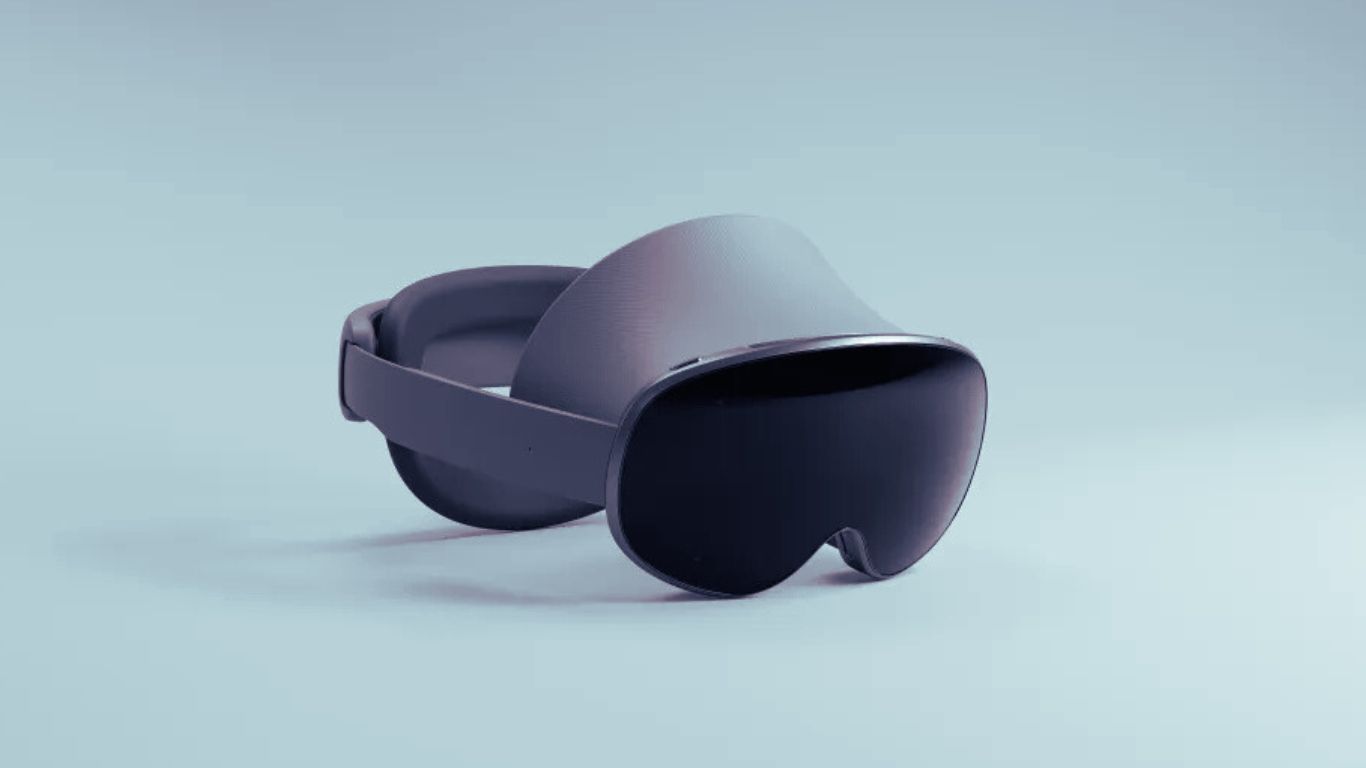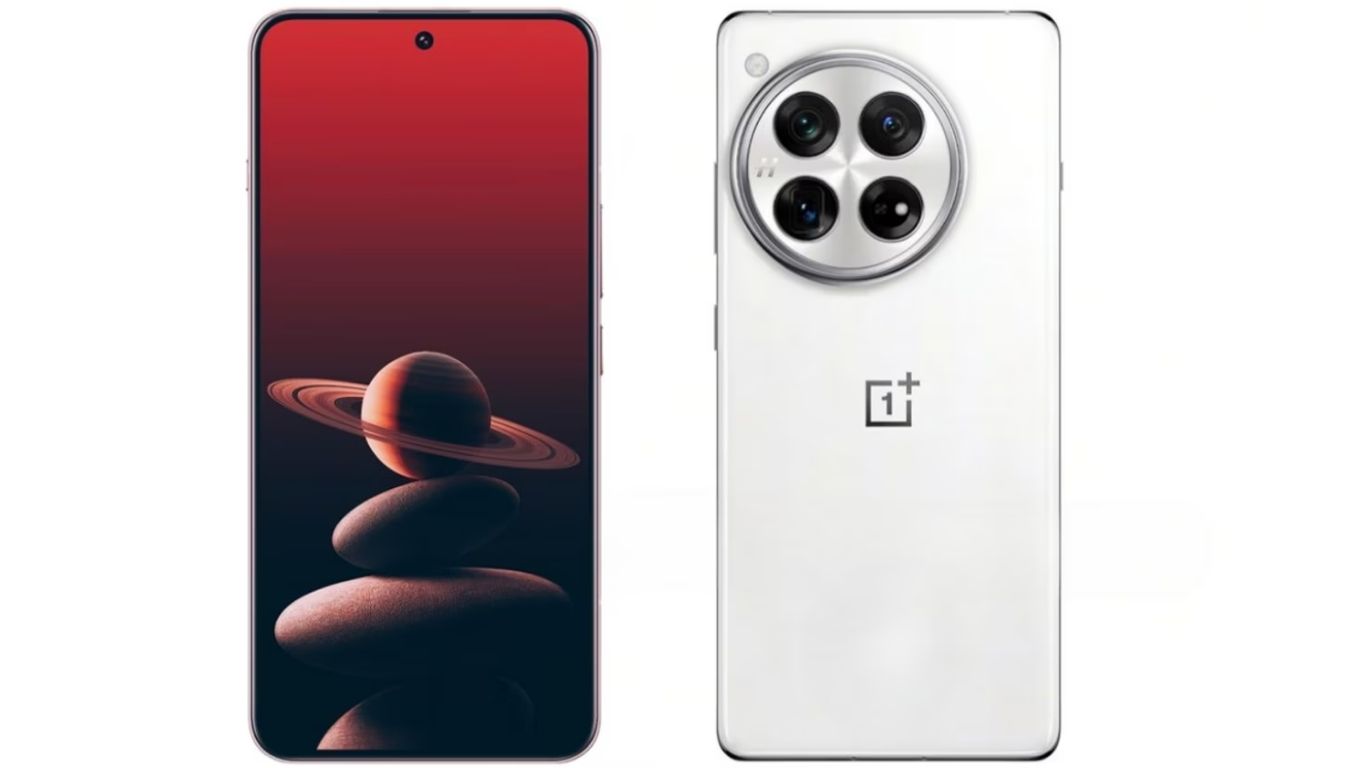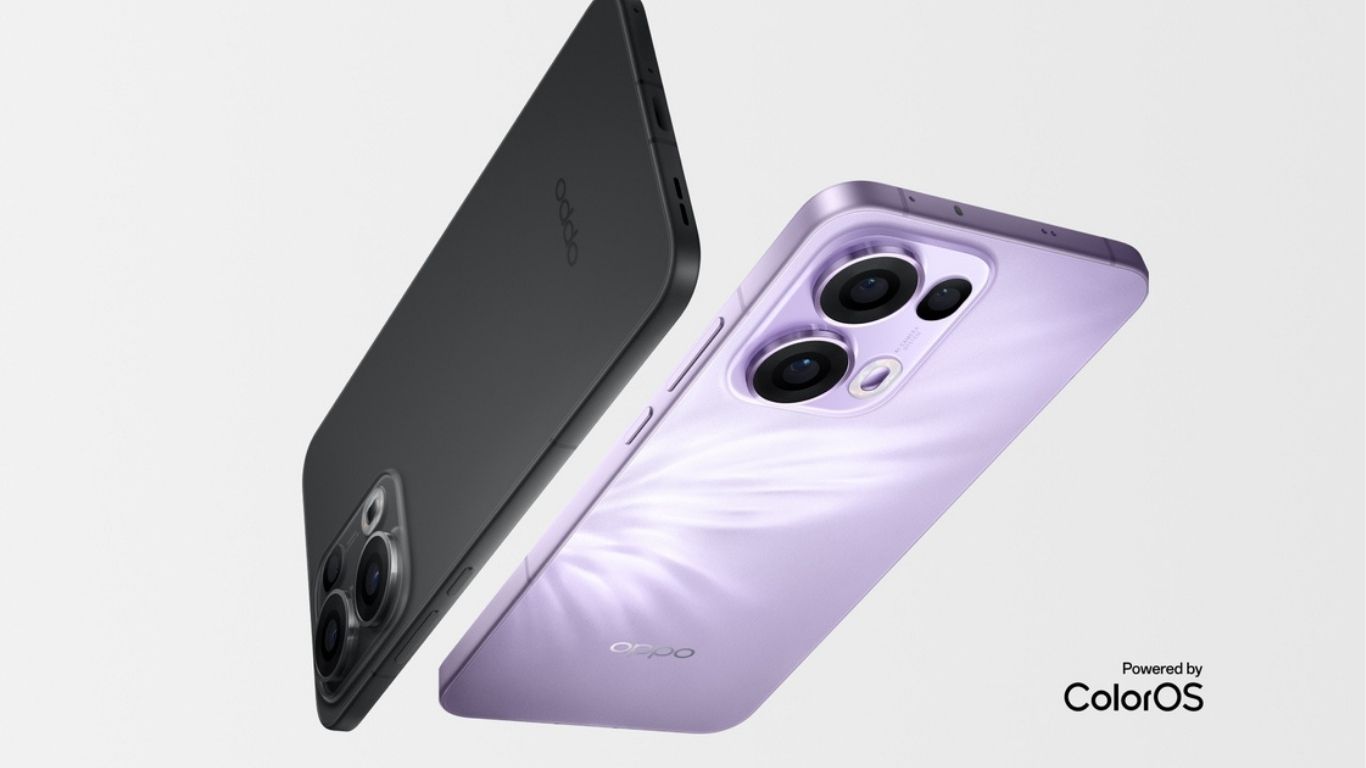Google has officially unveiled Android XR, a new operating system tailored for Extended Reality (XR) devices, including mixed reality headsets and smart glasses. This marks Google’s significant entry into the rapidly growing XR ecosystem, integrating Artificial Intelligence (AI) and Augmented Reality (AR) features to redefine user experiences. The announcement also teased Samsung’s collaboration on a flagship XR headset launching in 2025, codenamed Project Moohan.
What Is Android XR?
Android XR is Google’s specialized operating system built to power devices like mixed reality headsets and augmented reality smart glasses. It comes equipped with support for:
- AI-powered features using Google’s Gemini AI assistant
- Augmented Reality (AR) for interactive and immersive visuals
- Virtual Reality (VR) applications for enhanced experiences
Google’s goal is to create an integrated, feature-rich environment that rivals Apple’s visionOS, which was introduced with the Apple Vision Pro in 2023.
Android XR Developer Preview
Google launched the Developer Preview of Android XR to encourage developers to build XR-focused apps and games. It supports tools that developers already use for Android applications, including:
- Android Studio
- Jetpack Compose
- ARCore
- OpenXR
- Unity
This step ensures a robust foundation for content creation, encouraging innovation for XR devices across industries.
AI Integration with Google Gemini
One of the standout features of Android XR is its integration with Gemini AI. This advanced AI assistant will bring intuitive and immersive features to XR experiences:
- Object Recognition and Queries: Users can ask Gemini AI about objects or places in their field of view.
- Circle to Search: A visual lookup tool, already popular on Android smartphones, will be accessible using simple gestures in XR devices.
This feature has the potential to transform how users interact with virtual and real-world environments, blending AI seamlessly into everyday tasks.
Google Apps Optimized for Android XR
Google has redesigned its in-house apps to function effectively on XR devices. These apps will be optimized for larger virtual displays, enabling immersive experiences similar to Apple’s Vision Pro. Key applications include:
- YouTube: Stream content on an expansive virtual screen.
- Google Photos: Browse memories with immersive AR effects.
- Google TV: Watch movies and shows on a virtual theater-like screen.
Immersive Google Maps and Web Browsing
Revamped Immersive View in Maps
Google Maps on Android XR will feature a reimagined Immersive View, offering turn-by-turn navigation with AR overlays. Users can view navigation prompts and a circular mini-map within their line of sight, simplifying real-time travel guidance.
Google Chrome Integration
Users can enjoy web browsing on a virtual, large-scale screen, navigating seamlessly using gestures. This enhances productivity and content consumption without needing bulky devices.
Project Moohan: Samsung’s XR Headset
Google announced that the first device to run Android XR, codenamed Project Moohan, will be developed in collaboration with Samsung. Set for a 2025 launch, this mixed reality headset is expected to directly compete with Apple’s Vision Pro.
Key Highlights of Project Moohan
- Designed for immersive XR experiences with Android XR.
- Expected to feature high-quality displays, optimized performance, and AI tools.
- Aims to rival Apple’s Vision Pro in both functionality and user experience.
Android XR in Smart Glasses
Google has also confirmed its plans to begin real-world testing of smart glasses running Android XR. These lightweight AR glasses aim to deliver XR features without the bulk of traditional headsets.
Futuristic Features of Smart Glasses
- Pop-Up Notifications: Messages appear as small pop-ups within the wearer’s field of view.
- Augmented Navigation: Turn-by-turn AR navigation directions integrated with Google Maps.
- Live Translation: Real-time translation of text in the user’s line of sight.
- Virtual Tutorials: AR-powered instructions and guides for practical tasks.
These advancements signify a major step toward making AR smart glasses a mainstream consumer technology.
Why Android XR Matters
With the rise of AI, AR, and VR, Google’s Android XR positions itself as a game-changer in the XR industry. Here’s why this launch is significant:
- Competition with Apple Vision Pro: Google’s foray into XR directly challenges Apple’s dominance with Vision Pro and visionOS.
- AI-Powered Features: Integration of Gemini AI elevates XR experiences, making them more intuitive and user-friendly.
- Developer-Friendly Platform: Early access tools like Android Studio and ARCore ensure a steady stream of XR content.
- Smart Glasses Innovation: Google is positioning smart glasses as the future of XR technology, offering features like live translation and immersive navigation.
Google’s announcement of Android XR marks a pivotal moment in the world of XR technology. By combining AI innovation, augmented reality, and immersive virtual tools, Android XR is set to redefine user experiences in both mixed reality headsets and smart glasses.
With Project Moohan launching in 2025 and real-world testing of prototype glasses underway, Google is gearing up to compete head-on with Apple’s Vision Pro. As AI and XR continue to evolve, Android XR has the potential to bring futuristic experiences to mainstream consumers.















